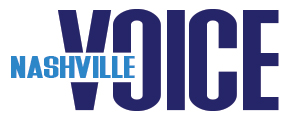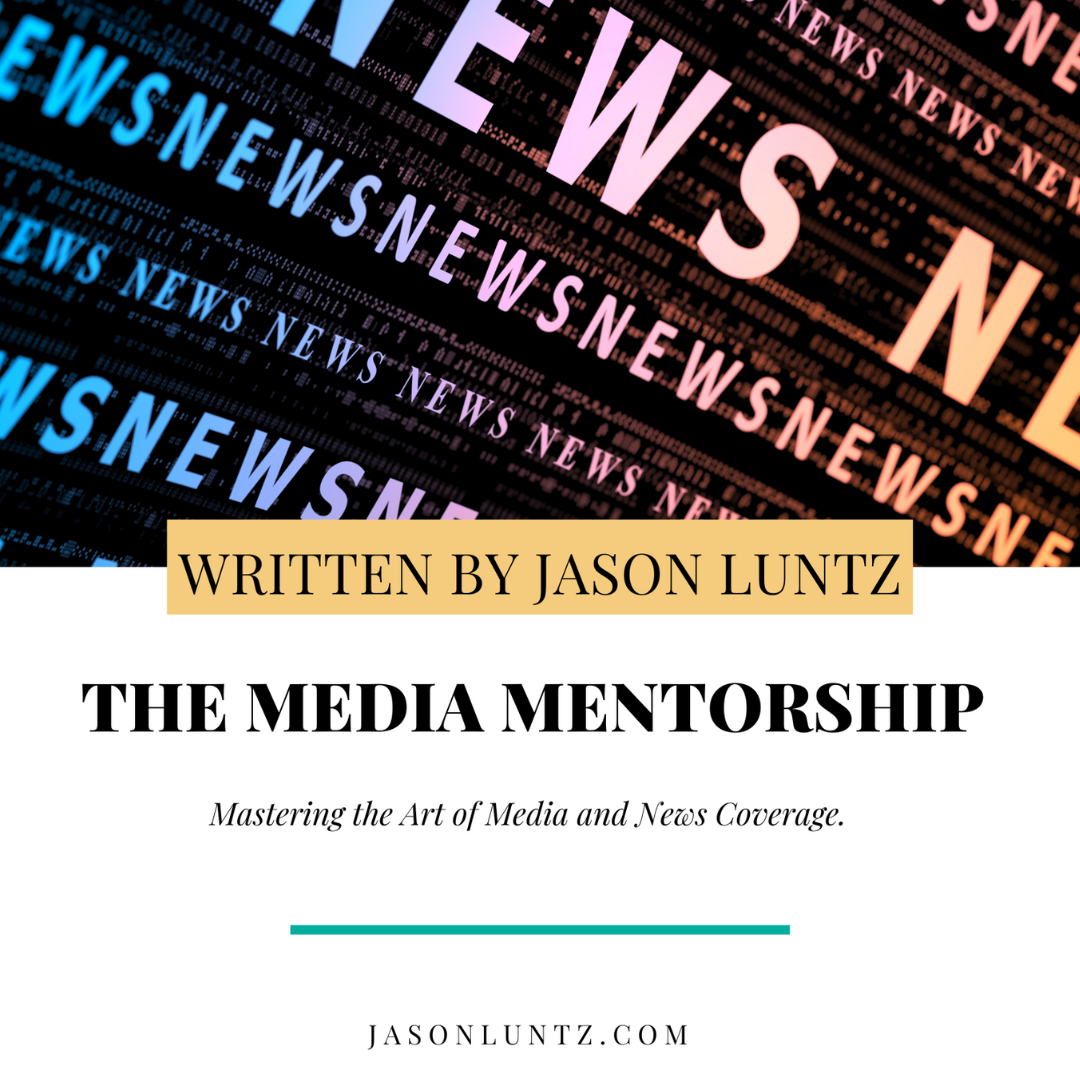NASHVILLE, Tenn. — The Frist Art Museum presents Multiplicity: Blackness in Contemporary American Collage, the first major museum exhibition devoted to the rich yet understudied subject. Featuring approximately 80 collage and collage-informed works, Multiplicity explores the breadth and complexity of Black identity and experiences in the United States. Conceived and organized by Frist Art Museum senior curator Katie Delmez, the exhibition will be on view in the museum’s Ingram Gallery from September 15 through December 31, 2023, before traveling to two additional venues to be announced.
With an intergenerational group of 52 living artists, Multiplicity examines how concepts such as cultural hybridity, notions of beauty, gender fluidity, and historical memory are expressed in the practice of collage. By assembling pieces of paper, fabric, and other often-salvaged or repurposed materials, the artists in this exhibition create unified compositions that express the endless possibilities of Black- constructed narratives despite our fragmented society. The artists range from established luminaries to emerging and midcareer figures, including Mark Bradford, Lauren Halsey, Rashid Johnson, Kerry James Marshall, Wangechi Mutu, Jamea Richmond-Edwards, Deborah Roberts, Tschabalala Self, Lorna Simpson, Devan Shimoyama, and Mickalene Thomas.
Multiplicity is structured broadly around seven themes that foreground personal and collective history, regional or national heritage, and gender and sexual orientation, in addition to racial constructs. “Although it is a nearly ubiquitous art form used by elementary school students to the biggest names in modern art history—Pablo Picasso, Georges Braque, Hannah Höch, Max Ernst, and Robert Rauschenberg—twenty-first century collage is an arguably understudied and undervalued medium, especially in museum exhibitions,” notes Delmez in her exhibition catalogue introduction. “Multiplicity is an opportunity to spotlight the formal complexity and vibrancy of the technique and to assert its contributions to the field through the lens of some of today’s leading artists.”
Like the exhibition itself, the broader project layers together many different participants. Contributors to the accompanying publication range from senior scholars to honors students at Fisk University.
Collaborators such as Tennessee State University, Fisk University, William Edmondson Park in Historic Edgehill Neighborhood, and Artville in Wedgewood-Houston are featuring reproductions of work by exhibited artists outside the museum walls. Related exhibitions will be held across Nashville at places like Fisk’s Carl Van Vechten Art Gallery, Tinney Contemporary, and Julia Martin Gallery. “This project
takes a different tack, having been deliberately structured less like a traditional exhibition and more like a collage itself,” writes Seth Feman, PhD, Frist Art Museum executive director and CEO, in the exhibition catalogue’s foreword. “At every turn, new ideas and forms emerge and old ones are newly inflected and reshaped, building into a varied and unique chorus.”
The artists featured in Multiplicity build upon the rich legacy of African American artists such as Romare Bearden, who received considerable critical attention as he experimented with collage in the 1960s to inspire collaboration and community. “Although Bearden is the most well-known, other African American artists making collages in the mid-twentieth century include David C. Driskell, Loïs Mailou Jones, Jacob Lawrence, Sam Middleton, Faith Ringgold, Betye Saar, and many more,” writes Delmez.
Drawing upon the work these foundational figures, contemporary artists are making collages in an array of different ways, from traditional cutting and pasting to complexly layering materials, to creating works digitally. For some, collage is their principal strategy; for others, it represents a branch or chapter in their wider practice.

In the opening section of the exhibition, titled “Fragmentation and Reconstruction,” guests are introduced to a range of materials and techniques used in collage today. Many artists gather existing materials—magazines, photographs, books, newspapers, and maps—to form their compositions. Other artists use “new” paper, as is the case with Nina Chanel Abney; Yashua Klos, who makes his own woodblock prints; and YoYo Lander, who stains and washes watercolor paper to create her portraits.
The following section, “Excavating History and Memory,” examines the ways artists like Radcliffe Bailey, Jamal Cyrus, and Tomashi Jackson use historic photographs and publication clippings to highlight overlooked or lost narratives and link them to the present. Derek Fordjour, an alumnus of Morehouse College, celebrates the tradition and vitality of the HBCU marching band experience through his multilayered works.
The “Cultural Hybridity” section includes works by artists including Nigerian-born Njideka Akunyili Crosby, Jamaican-born Ebony G. Patterson, and first-generation American Helina Metaferia that address the challenges of navigating life in a new country while maintaining close connections to ancestral homelands.
In the section “Notions of Beauty and Power,” Jamea Richmond-Edwards, Tschabalala Self, Mickalene Thomas, and others challenge white ideals of feminine beauty historically espoused in popular culture and art history by inserting bold Black women into their compositions. Queer artists including Rashaad Newsome and Devan Shimoyama express the fluid nature of gender in an increasingly nonbinary world,while Lovie Olivia and Wardell Milan remind us of the value of safe havens for LQBTQIA+ people, from Harlem Renaissance house party venues to gay dance clubs, in the section “Gender Fluidity and Queer Spaces.”
Although most of the work in Multiplicity is representational, artists in the section “Toward

96 x 48 in. Courtesy of the artist.
© Helina Metaferia
Abstraction” create layered and often deeply personal abstractions with various materials. McArthur Binion, for example, uses fragments of his Mississippi birth certificate in his DNA series. Fiber and collage artist Brittney Boyd Bullock makes order from disorder by combining various elements into unified abstractions, often exploring the relationship between lightness and darkness.
The exhibition concludes by expanding the definition of collage beyond analog practices to include digital stitches—a seemingly inevitable evolution in today’s digitally saturated environment. For his large-scale wallpaper installations, Kahlil Robert Irving pieces together hundreds of digital images to evoke the continual feed of smartphones and laptops. Taking digital collage a step further, Arthur Jafa gathers the highs and lows of Black experiences in the United States into his poignant video montage Love is the Message, The Message is Death.
In the months leading up to the opening of the exhibition, a team of Frist Art Museum staff members traveled to Detroit, Houston, Memphis, and New York to film interviews in the studios of 11 featured artists. Focusing on each artist’s particular process and technique, the videos will be featured alongside works in the gallery and available on FristArtMuseum.org.
“The history of collage made by artists of color remains an understudied topic, and one measure of the success of this project will be its ability to stimulate new conversations and increased attention to how they have made vital use of the technique,” writes Feman. “A great success has already been achieved, however, in the making of this project. Through years of coordination and collaboration, it has brought together a rich community, one deeply appreciative of its commonalities and differences, in a shared purpose. For this, we are forever grateful.”
Exhibition Catalogue
The accompanying catalogue Multiplicity: Blackness in Contemporary American Collage is designed by Polymode Studio, a LGBTQIA+ and minority–owned design firm; produced by Marquand Books; and distributed by Yale University Press. The fully illustrated 264-page publication was edited by Kathryn E. Delmez with contributions from Dr. Richard J. Powell, John Spencer Bassett Professor of Art and Art History at Duke University; Dr. Patricia Hills, professor emerita of American Art at Boston University; Dr. Tiffany E. Barber, assistant professor of African American Art at UCLA; Dr. Anita N. Bateman, associate curator of modern and contemporary art at the Museum of Fine Arts, Houston; Valerie Cassel Oliver, Sydney and Frances Lewis Family Curator of Modern and Contemporary Art at the Virginia Museum of Fine Arts; María Elena Ortiz, curator at the Museum of Modern Art Fort Worth; and Dr. Rebecca VanDiver, associate professor of African American Art at Vanderbilt University. Students at Fisk University and 2022–2023 Frist Art Museum curatorial fellow Chase Williamson wrote the artist biographies.
Art in the Atrium
In association with Multiplicity, the Frist Art Museum presents its inaugural Art in the Atrium project: Nashville-based artist TC is creating two new large-scale collages on the Grand Staircase landings in the museum’s atrium. TC began making collages in high school when an art teacher introduced them to the work of Romare Bearden. TC’s projects typically draw from their experiences growing up in East Memphis, shining a light on the many hardships and bright spots found in often difficult environments.
This project manifests the Frist’s ambition to creatively activate spaces throughout its historic building, reminding guests that art is all around us. TC will be making their collages throughout the summer of 2023 on Mondays, Thursdays, and Fridays, and guests are invited to come watch them work and ask about their process. Guests can also view one of Bearden’s most celebrated works, Three Folk.






